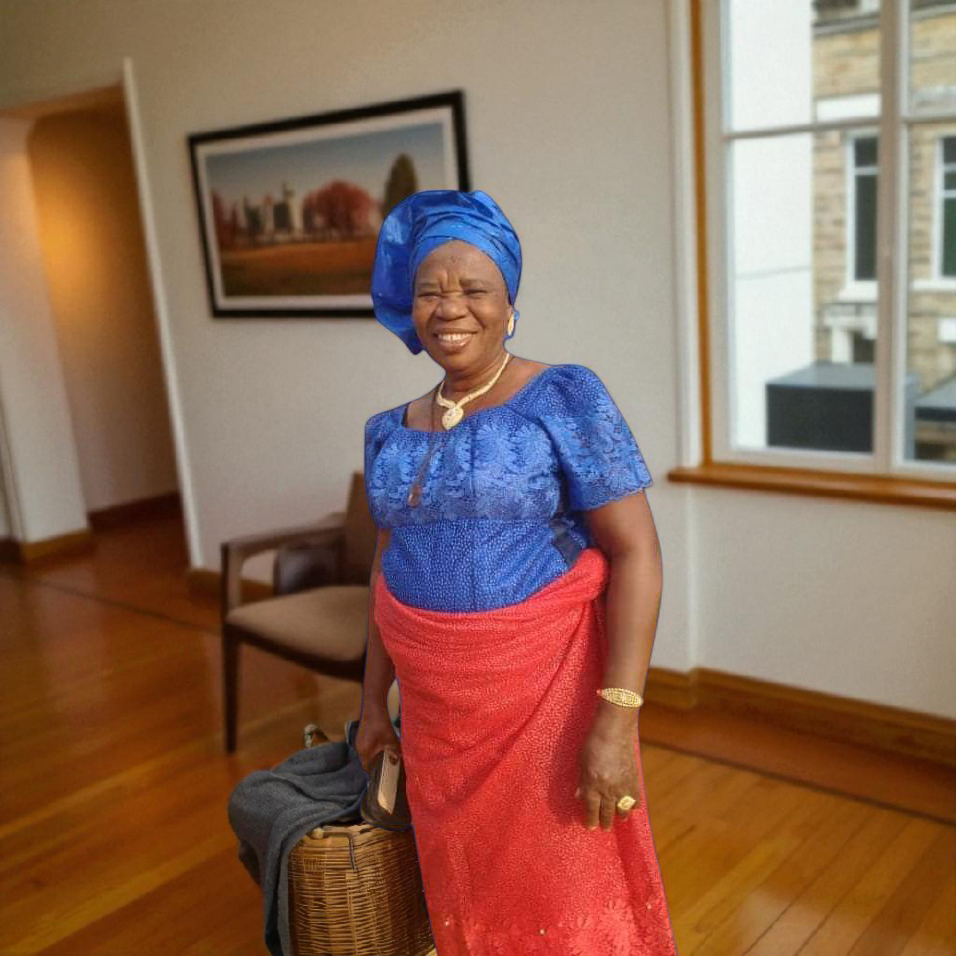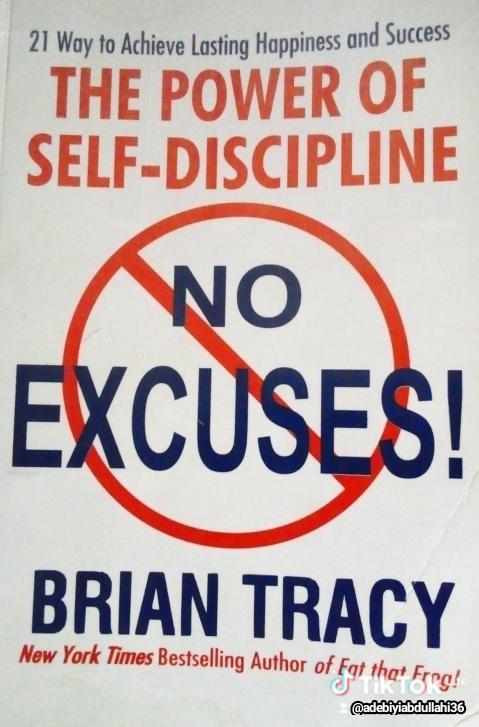Sponsored Advertisements
The Mighty Maasai: Culture, Cows, and Colorful Shukas
Leave a Reply
New Discussions
-
💚 TONIGHT ON KONNECT: THE REVOLUTION HAS BEGUN 🚀

Angelic Beauty
6 mins ago00 -
PRAYER THAT DESTROYS SATANIC-SPONSORED DREAMS

Michael
10 mins ago00 -
My journey to freelance: "Continuation 9"

Penvibe
25 mins ago00 -
PRAYER THAT DESTROYS REPRODUCTIVE ORGAN DISEASES

Michael
30 mins ago00 -
THE DAY I MISSED MY FIRST ONLINE EARNINGS.

Oscar
31 mins ago00













Danwhite
74 days agoThe Mighty Maasai: Culture, Cows, and Colorful Shukas
If you’ve ever seen photos of tall warriors in bright red cloth, standing proudly with spears against the backdrop of the African savannah, congratulations—you’ve spotted the Maasai! They are one of the most famous communities in Kenya and Tanzania. The Maasai are known worldwide for their colorful attire, fearless warriors, and a love for cows so strong it could put some people’s obsession with Wi-Fi to shame.
But while outsiders often see them as “serious warriors,” I’m here to spill the beans: Maasai culture is fascinating, yes—but also packed with humor, irony, and traditions that will make you laugh, scratch your head, and say, “Wait…they did what?”
So, grab your shuka, polish your spear (or at least your kitchen knife), and let’s dive into the funny side of Maasai culture.
1. The Fashion Show That Never Ends
If Maasai culture had a slogan, it would be: “Red is the new black.” Forget Gucci or Prada—the Maasai invented the ultimate fashion statement: the shuka (that bright red cloth they wrap around themselves). It’s not just clothing; it’s also:
A blanket,
A baby carrier,
A picnic mat,
A raincoat,
And, if needed, a superhero cape.
When you’re Maasai, you don’t say, “I don’t have anything to wear.” You just re-wrap the same shuka in a different style, and boom—you’ve invented a whole new outfit. Maasai men, especially, rock their shukas like runway models, except their runway is the savannah, and their audience is mostly cows, goats, and confused tourists.
And the accessories? Beaded necklaces, earrings, and sandals made from recycled car tires. Yes, you heard right—car tires! While city folks spend thousands on Yeezys, Maasai walk around in sandals that outlast entire relationships.
2. Cows Are Basically Currency
For the Maasai, cows are not just animals. They are life, wealth, and status all rolled into one moo. Want to measure a Maasai man’s worth? Don’t ask him about his bank account; ask how many cows he owns.
Forget Bitcoin. The Maasai invested in “Cow-coin” centuries ago. And let me tell you, it’s still the most stable currency in the savannah.
Cows pay for everything:
Bride price? Cows.
Fines for breaking rules? Cows.
Food? Well, still cows, since milk and meat are staples.
Bad day? Hug a cow.
In fact, there’s an old Maasai joke: “If you don’t own cows, you might as well be a tourist.”
3. The Jumping Olympics
You’ve probably seen videos of Maasai men doing the famous adumu (jumping dance). Picture this: a group of tall warriors stand in a circle, chanting rhythmically, while one guy jumps straight up like he’s trying to touch the sky. No trampoline, no gym membership—just raw calf power.
It looks simple, but trust me, it’s serious business. The higher you jump, the more attractive you are to women. Forget cheesy pickup lines like, “Hey girl, did it hurt when you fell from heaven?” In Maasai culture, your ability to leap like a human grasshopper is your Tinder profile.
If you can’t jump, you might as well marry your cow.
4. Meat, Milk, and…Blood Smoothies?
When it comes to food, the Maasai are not your average salad-eating hipsters. Their diet revolves around three things: meat, milk, and blood. Yes, blood. Fresh, warm cow blood mixed with milk—like a protein shake, but for warriors.
Before you gag, hear me out: it’s actually nutritious, packed with iron and protein. (Although if you offered it at Starbucks, I’m pretty sure half the customers would faint.)
Fun fact: Maasai warriors used to drink blood before going to battle. Because nothing says “I’m ready to fight” like burping up a milk-and-blood latte.
5. Warriors and Lion Stories
Traditionally, young Maasai warriors (called morans) proved their courage by hunting lions. Yes, lions—the king of the jungle. While most of us would call wildlife rangers at the first roar, the Maasai would sharpen their spears and say, “Let’s go show Simba who’s boss.”
Today, lion hunting is banned to protect the species. But the stories remain legendary. Imagine telling your grandchildren: “Back in my day, I fought a lion with just a spear!” Meanwhile, modern grandchildren are like, “Wow, Grandpa, I just beat level 40 in Candy Crush.”
6. Elders: The Real Bosses
Every Maasai community is guided by elders, wise men who make important decisions. They are the human version of Google—but slower and with more dramatic pauses. Want to marry? The elders must approve. Want to settle a dispute? Elders decide.
But here’s the funny part: the elders usually gather under a tree to hold meetings that can last for hours, sometimes even days. And guess what they drink during these serious conferences? Tea. Endless, bottomless cups of tea. By the time they reach a decision, half the tea in Kenya is gone.
7. Hairstyles That Tell Stories
The Maasai don’t just grow hair—they design it. Warriors often wear long, ochre-dyed braids, while children shave their heads during special ceremonies. Each hairstyle has meaning: your age, your role, your stage in life.
But the most amusing? Warriors sometimes spend hours braiding each other’s hair. Imagine these tall, fierce guys—who can spear lions—sitting in a circle, gently braiding like a sleepover party. Lions fear them, but honestly, their patience with hair maintenance might be even scarier.
8. Marriage: A Cow-Heavy Affair
Marriage in Maasai culture is like a business deal—with cows as the contract. A groom must pay the bride’s family in cows (sometimes goats too). The bigger the herd, the smoother the wedding.
But here’s the twist: Maasai weddings are not about fancy gowns or cake. Instead, you might see the bride’s head shaved, blessings with cow fat, and feasting on—surprise, surprise—lots of cow meat. Forget the “first dance” at a wedding reception; in Maasai land, the highlight is the cow roast.
9. Tourist Selfies vs. Maasai Reality
Tourists love the Maasai. They snap selfies, buy beadwork, and ask questions like, “So, do you guys really live with lions?” Maasai often smile politely, but deep down, they’re thinking: “Madam, if lions lived in my bedroom, I wouldn’t be alive to sell you this bracelet.”
Still, the Maasai have turned their culture into an economic gem. They perform dances, sell crafts, and pose for photos. Basically, they invented cultural tourism before Instagram influencers made it cool.
10. The Humor in It All
Despite being painted as “fierce warriors,” the Maasai are incredibly humorous. They love jokes, riddles, and playful banter. Spend a day with them, and you’ll hear laughter echo across the plains. They’ll tease you if you can’t jump, laugh if you stumble in your shuka, and probably nickname you after the first awkward thing you do.
Because at the end of the day, Maasai culture is not just about traditions—it’s about joy, resilience, and a sense of humor stronger than a cup of blood-milk tea.
Conclusion: Lessons from the Maasai
So, what do we learn from the Maasai? That culture doesn’t have to be stiff and boring—it can be colorful, funny, and downright unforgettable. The Maasai remind us that wealth isn’t just in banks but also in cows, that fashion can be practical and stylish, and that sometimes the best test of character is how high you can jump.
Next time you see a Maasai warrior in his red shuka, don’t just think “fierce warrior.” Think: fashion icon, cattle economist, Olympic jumper, lion fighter, tea enthusiast, and comedian rolled into one.
And if you’re ever invited to drink cow blood…well, maybe just say you’re on a diet.